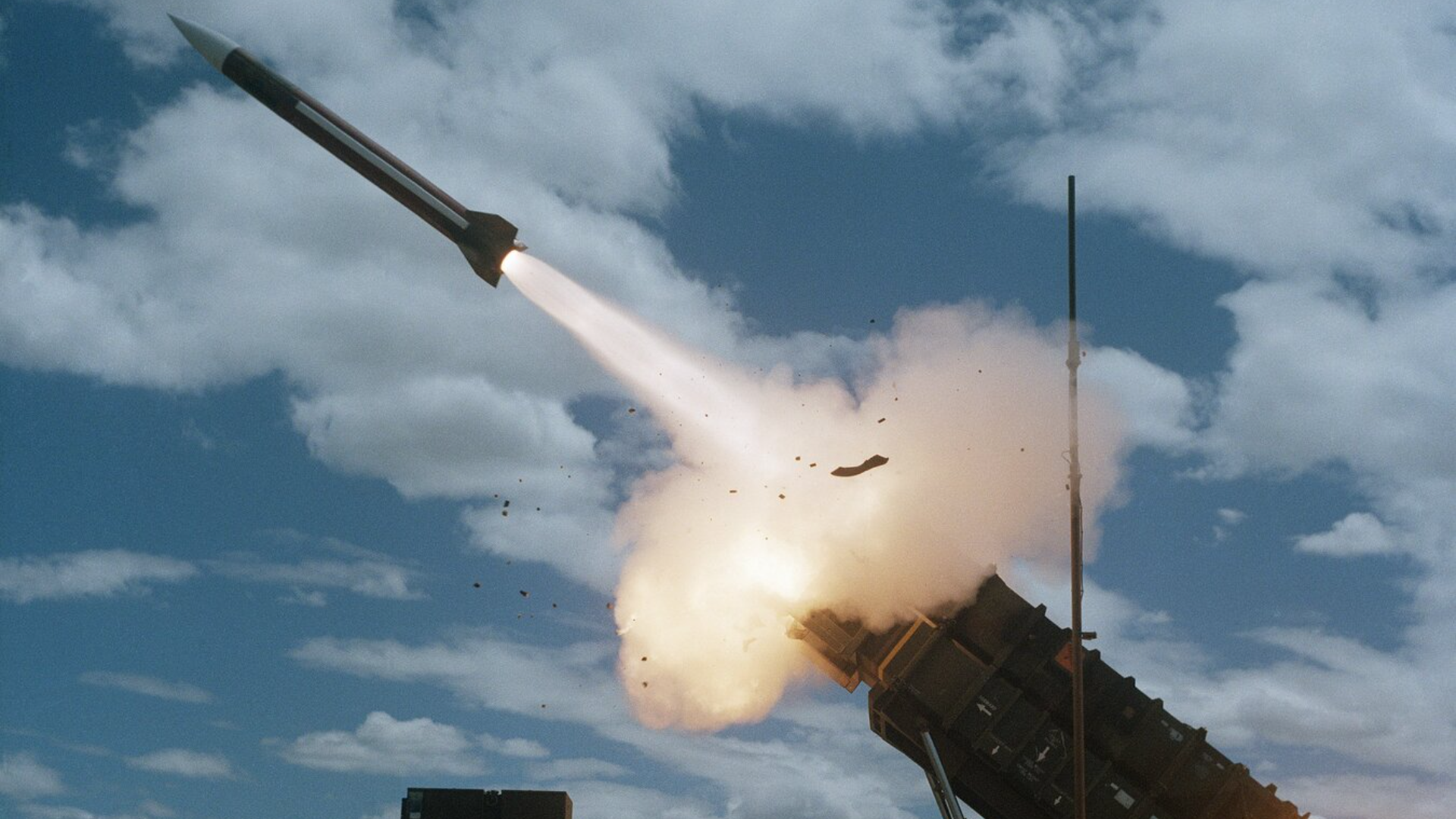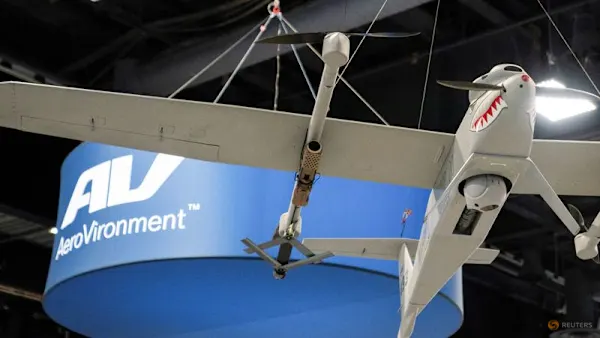
A new Chinese study in the peer-reviewed journal Explosion and Shock Waves describes a groundbreaking laboratory simulation of multiple nuclear warheads striking the same target in quick succession.
Conducted by military researchers, the experiment examined how consecutive detonations could combine to create far greater destructive force than a single blast. By testing advanced methods to coordinate simultaneous strikes, the team demonstrated a significant step toward understanding – and potentially enabling – a rapid, multi-warhead nuclear assault.
Their findings suggest that China’s defense scientists are exploring ways to magnify the shock waves and devastation of future weapons beyond conventional single-strike scenarios.
Potential power of rapid multi-point nuclear explosions
The research, led by Xu Xiaohui, an associate professor at the People’s Liberation Army’s Army Engineering University in Nanjing, describes how three warheads striking the same target in rapid sequence could dramatically increase destructive power.
Until now, most nuclear earth-penetration studies have examined only single warhead impacts, based on the long-held belief that one powerful bunker-buster would be enough to collapse or destroy hardened underground facilities, the South China Morning Post reported.
However, defense technology is advancing quickly, and Xu Xiaohui’s team note that nuclear weapons are changing too. Their study points to new low-yield, precision-guided warheads, reportedly already in US and Russian arsenals, that can carry several re-entry vehicles.
These can be set to hit the same spot in a tight “cluster” or “focused” pattern, producing far more damage than single blasts. Until recently, though, such coordinated multi-point nuclear strikes were only an idea, not something tested in real experiments.
Cost-saving way to simulate underground nuclear shock waves
Furthermore, Xu Xiaohui and his team explain that no country had a practical way to test the combined cratering and shock from several underground nuclear blasts happening almost at once. Their solution is a new vacuum chamber system that can safely copy the effects of huge explosions at a much smaller scale and lower cost.
Using a method called similitude theory, the researchers shrink the power of massive nuclear blasts into small, carefully controlled lab experiments. At the heart of the system is a small explosive setup that uses a two-stage high-pressure gas gun to shoot tiny projectiles into pressurised glass spheres filled with simulated blast gas. This creates a quick, controlled release of energy similar to a nuclear detonation.
The surface damage zone expanded from 71,000 to over 860,000 square feet – about three-fifths the size of the Pentagon. Even with a 5-kiloton blast at 65 feet depth, a triple strike quadrupled the damage area, showing that multi-point attacks significantly increase destruction.
Xu’s team concluded that, by comparing simulations with prototype tests, deeply buried multi‑point explosive sources show markedly higher cratering efficiency than single‑point blasts – supporting coordinated multi‑warhead earth‑penetration strategies. In turn, the results could directly inform efforts to defeat hardened underground facilities and other national‑security priorities.



